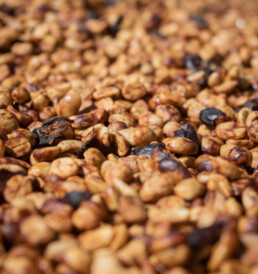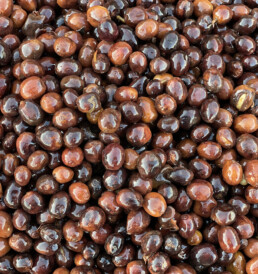Our Coffee Process
In the honey process the cherry peel is removed but some of the flesh is kept intact. This “mucilage”, which is sweet and sticky like honey, remains in the beans while they are being dried.
The amount of mucilage left in the coffee bean, after being mechanically washed, will yield different honey varieties, from white and yellow honeys, to gold, red, and black honey coffees, which have more mucilage remaining and tend to produce a fuller-bodied coffee.
This is the most traditional processing method. In the natural or dry process, whole coffee cherries are left to dry in the sun, leaving the fruit on the bean, allowing it to “raisin-ify” around the bean.
Natural fermentation occurs resulting in the creation of complex flavors and sugars. This is a longer process than other methods. Naturally processed coffees often have complex fruity notes in the final cup like berries or citrus.
The anaerobic (“aero” means “with air,” and “an-aero” means “without air”) fermentation processing is where coffee is fermented in an environment where oxygen is not present, typically using large airtight stainless steel tanks.
The coffee cherries are placed into fermentation tanks for several hours and then placed into drying beds with a thick layer until it reaches a humidity of 10%.
Our Varieties
- Anacafe 14 (Catimor)
- Catigua MG2 (Cavimor)
- Geisha
- Obata Rojo
- San Isidro (Sarhimor)
- SL28
- Typica Lima
- Villa Sarchí
- Yemen
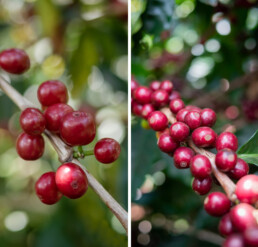

Our Products
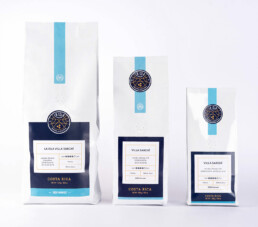
La Isla Villa Sarchí
1 kg / 500g / 250g
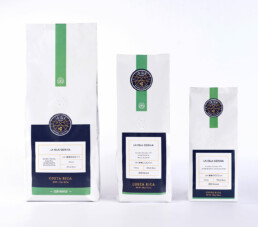
La Isla Geisha
1 kg / 500g / 250g
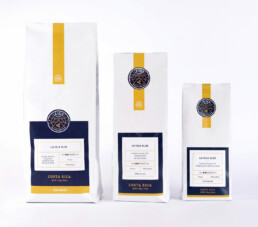
La Isla SL28
1 kg / 500g / 250g
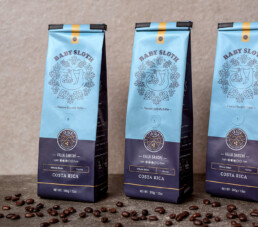
Baby Sloth
340g
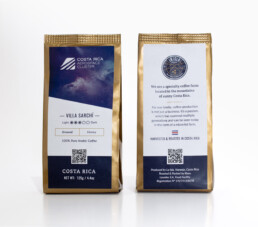
Personalized Gifts
125g



